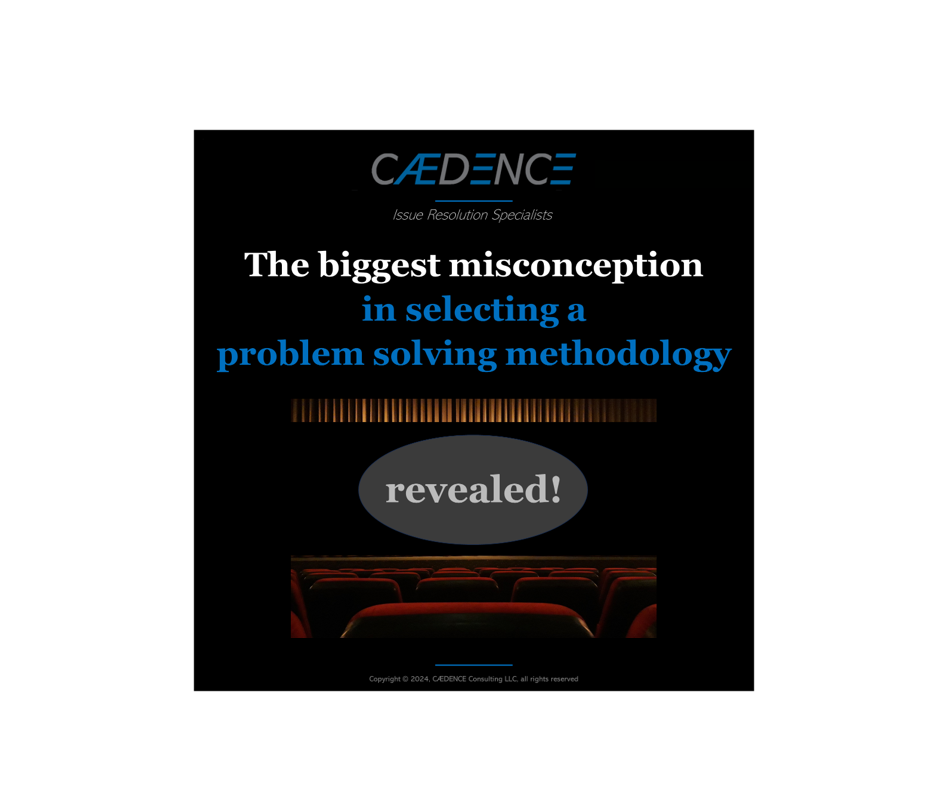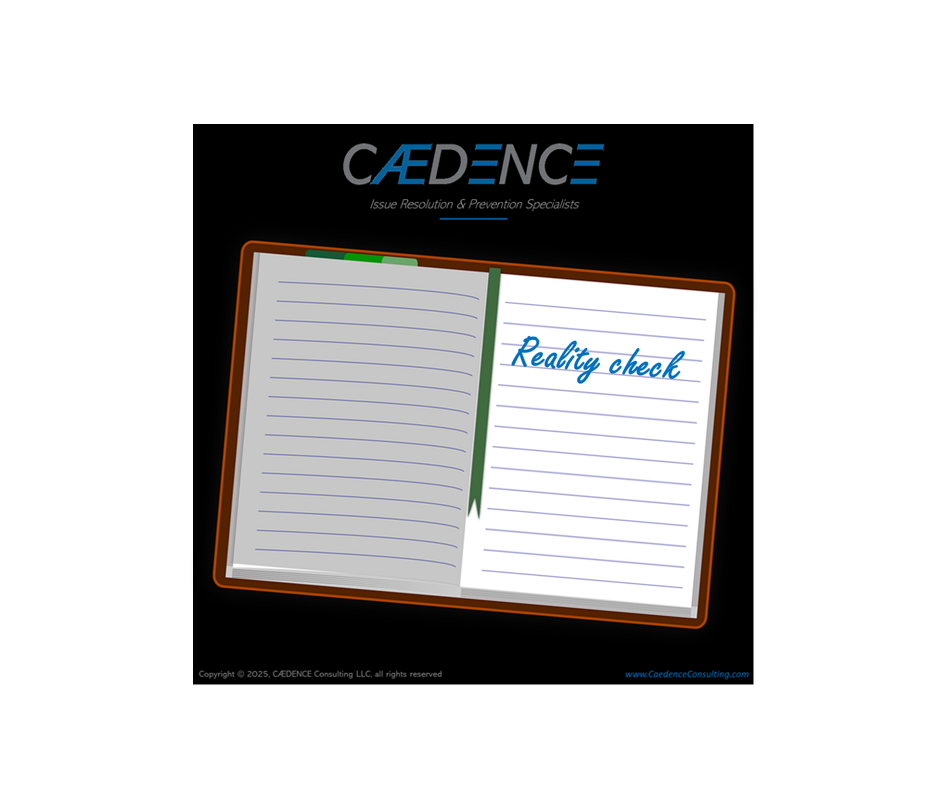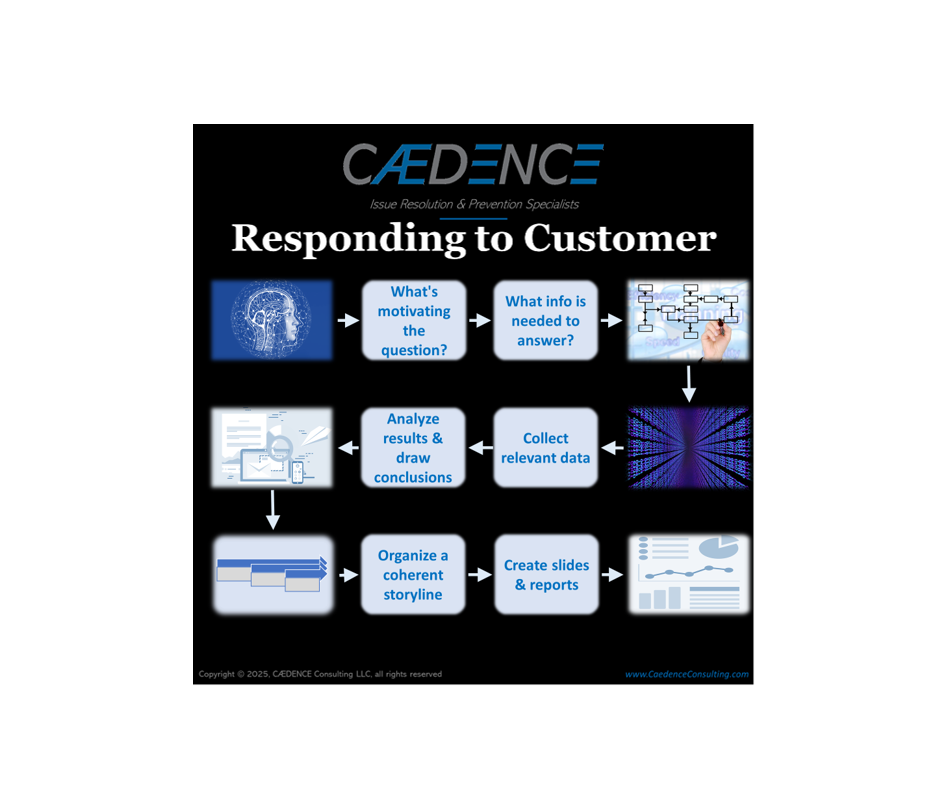Share this with every early-career engineer you know!
A very smart and eager young engineer I was mentoring asked me to review a drawing. He had specified extremely tight tolerances across the board. With a short conversation, I completely re-shaped his understanding of the role of the design engineer, as follows:
Me: “Why are these tolerances so tight?” / A: “I want the best part we can get.”
Me: “But what tolerances are necessary for the part to perform its function without issues?” / A: “I don’t know.”
Me: “Can any suppliers achieve the tolerances you have specified?” / A: “I haven’t checked.”
Then I explained that the goal in designing any component was to make it perform flawlessly at the best cost and with the surest supply. Overly tight specifications would make it harder to find suppliers who could make the part and would drive up costs. After that interaction, his entire approach changed. He was diligent with tolerance stack studies and simulations to determine the loosest tolerances that would still get the job done. As they say, “Anybody can make it work, it takes an engineer to make it work on a budget.”
CӔDENCE has specific workshops aimed at achieving engineering excellence such as Engineering Drawing Best Practices, Design for Assembly, Customer and Supplier Specification Gap Analyses, New Product Development, and Career Management Skills. Let us accelerate your team’s performance.

Over the years we’ve been exposed to Six Sigma, Juran, Deming PDCA, 8D, Dale Carnegie, A3, Shainin, and more. Each technique works pretty well, and has been demonstrated many times in a wide variety of industries and circumstances. At the core they are all essentially the same!
Each approach relies on an underlying logical flow that goes like this: [a] make sure the problem is clearly defined; [b] be open to all sources of information; [c] vet the information for relevance and accuracy; [d] use the process of elimination to narrow down all possible causes to the most likely few; [e] prove which of the suspects is really the cause of the issue; [f] generate a number of potential solutions; [g] evaluate the effectiveness, feasibility and risk of the potential solutions; [h] implement the winning solution(s); and [i] take steps to make sure your solution(s) don’t unravel in the future.
The differences between the paradigms resides in supplementary steps and toolkits. For example, 8D contains the important “In

Your primary role as a manager is to ensure your team’s success. Internalize this. Make sure your team members know this. Build an environment of trust and collaboration. A direct report of mine would frequently leave me out of the loop as problems escalated, preferring instead to “work harder”. It was clear that he felt uncomfortable delivering bad news to me (his boss) when things were not going according to plan. Let me tell you the rest of the story.








